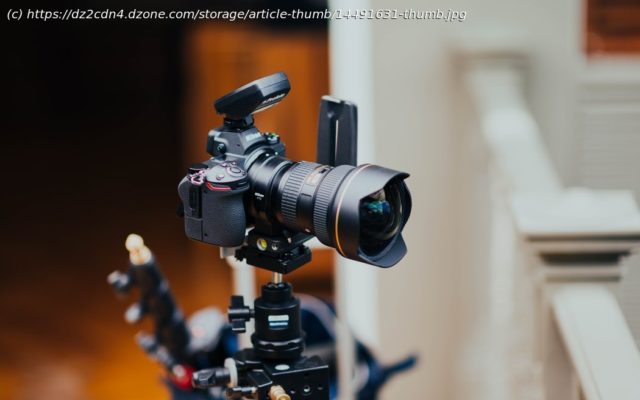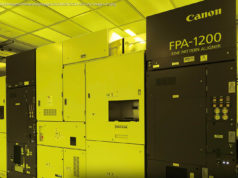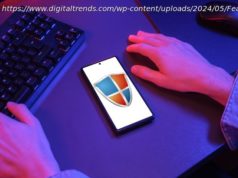Learn how you can build a DIY 360° camera robot with Rasberry Pi that can help businesses adapt to the new workflows required by COVID-19 restrictions.
Join the DZone community and get the full member experience. I built a prototype remote-monitoring system that provides surveillance and virtual inspection for businesses adapting to COVID-19 restrictions. For simplicity, the system uses 360° still-images rather than video or live stream. After working with hundreds of companies using 360° cameras to provide millions of virtual experiences, my analysis showed that 360° still-images are the most popular way to bring products to market in early 2021. My assessment evaluated questions and use cases from the RICOH THETA Developer forum API Usage category and private online business meetings and discussions. I decided on the following building and hardware criteria for the project: This flexibility enables remote surveillance required by either COVID-19 restrictions or hazardous conditions, such as radiation analysis. This demonstration uses a toy robot to reduce costs and keep the project accessible for prototyping. These same camera control techniques can easily be applied to industrial robots. The Raspberry Pi can be used with either Robot Operating System (ROS) or another Linux variant. The standard Raspberry Pi OS was chosen in consideration of project accessibility for developers and businesses. Still-images are the most popular media format for 360° cameras. They provide the highest resolution imagery and smallest file size. This is the easiest format to work with, and thus provides the highest probability of project completion. A clear camera case protects the camera from rain, grease, and dirt. There’s a growing trend to use consumer cameras such as the RICOH THETA in high-volume commercial environments. This elevated use has likewise increased the need to protect these cameras from potential damage. I wanted to protect the camera from both the robot falling into a small hole and from adverse weather. One aspect of this project would measure how the case impacted image quality. Although it’s more reliable to control the camera with a USB connection and libptp with Picture Transfer Protocol (PTP), I chose the Google Open Spherical Camera API over Wi-Fi. The OSC API, called the WebAPI by RICOH, is easier to implement for quick evaluation. I augmented the community information with research based on online discussions. These included conversations with engineers at underwater inspection drone company fulldepth and real estate robotics company unusly to provide feedback based on their experience with robotics controllers. Robotics company fulldepth is testing 360° live streaming in a robot designed to operate 300m below the ocean surface.






